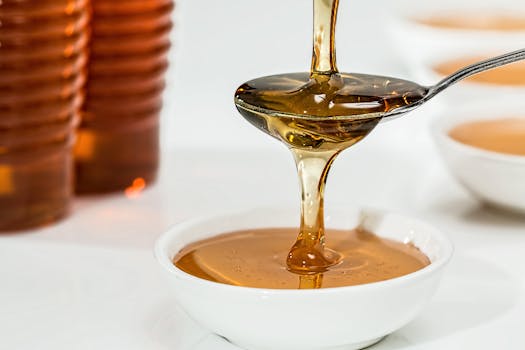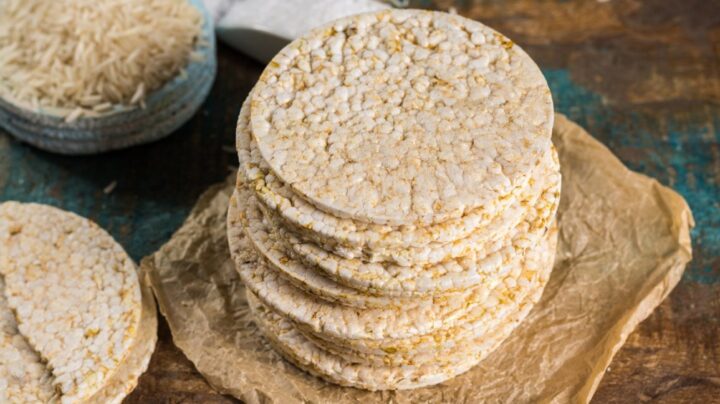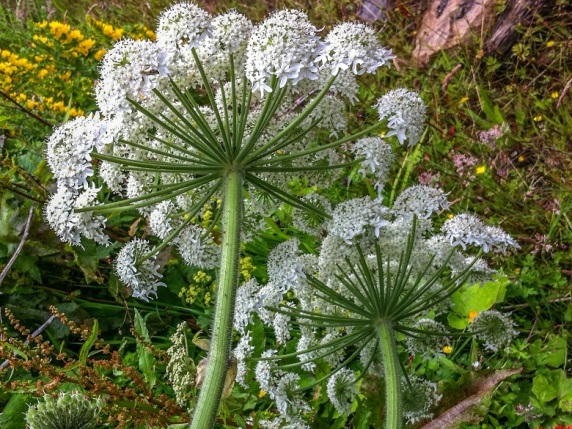
When it comes to sugar, I am predictable. I make faces when offered a sugar bowl, I squint at labels in shops and reject anything which doesn’t show a green ‘traffic light system’ representing 5g or less sugar per 100g. This equates to about a heaped teaspoon or less per portion, depending on the food. At home there is a bag of sugar, but it sits at the back of the cupboard, neglected and tatty and possibly past its sell-by-date.

What I find truly shocking is that an amber sign on your food package represents anything above this and below 22.5g per 100g i.e. up to FIVE teaspoons per portion is marked as amber! Many people would glance briefly at the packet and assume that anything except red is fine. Whatever you have bought in the amber zone may well be your child’s full daily allowance of sugar in one portion of food.
In the age of Covid-19, I am now convinced that sugar puts you at a higher risk.

My mother recently told me that my grandfather, a dedicated dentist, used to give her sugar lumps, as a child, for a treat. When she grew up in the 30s and 40s, it wasn’t even known that sugar caused tooth decay. During the war and in the early years afterwards, sugar was strictly rationed and people’s health improved. The case against sugar has been stacking up gradually ever since then.
Widely acknowledged is that regularly taking too much sugar causes obesity and also type two diabetes. Less well known is that it leads to an increase in a dangerous form of cholesterol, raising the likelihood of ischaemic heart disease. My oncology research scientist friend, Gerry Krystal, has taught me that too much sugar in the diet increases the risk of cancer. The neuroscientist, Sandrine Thuret, explained that sugar raises the risk of Alzheimer’s disease by preventing growth of new brain cells. These are all underlying health conditions which can put you at risk of a serious response to Covid.

More recently, I approached Prof Robert Lustig about sugar and Covid and it seems that excess sugar can affect metabolic pathways and promote growth of the virus. It is as though sugar ‘feeds’ the virus!
My email conversations with Prof Lustig are always brief and to the point. I asked him if the paper I read had proven that too much sugar can increase the risk of both cancer and a poor response to Covid. His response was ‘Exactly!’ and that he would explain it in detail in a new book he has written, due to come out in March.

Prof Lustig is not a fan of honey either. He says: ‘Honey or table sugar: it doesn’t matter!’ Honey has glucose, sucrose, fructose and maltose. It also, however, has antioxidants and a chemical called propalis, derived from the spit of bees, which appears to have some antiviral properties. Overall, I prefer it to sugar but still try to only have a little.
So, you might have a drop of honey on your apple to help bring in this eerily quiet New Year, and I shall wish you a Sweet but not a Sugary New Year.





